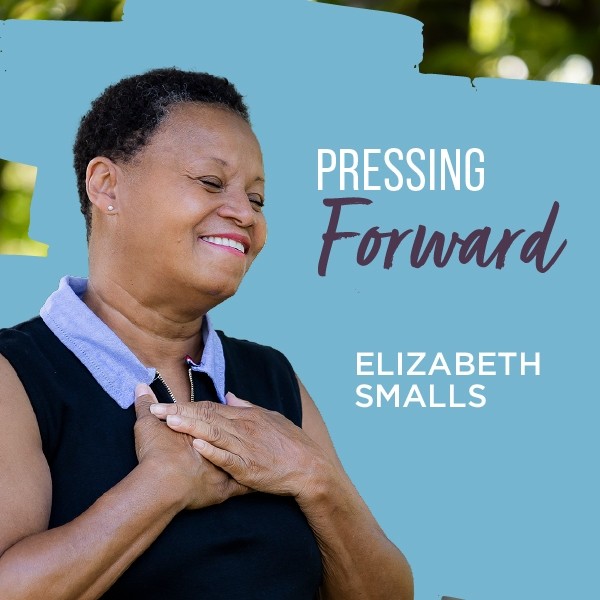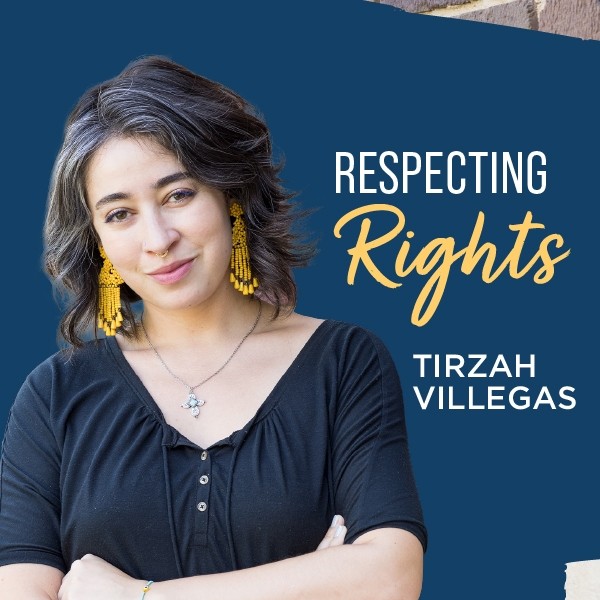Dr. Susanna Naggie and her colleagues at Duke University School of Medicine knew that COVID-19 was disproportionately impacting communities of color through higher rates of infection, severity of disease and associated adverse outcomes.
Determined to be part of the solution, they set out to understand and address these disparities in real time. They transformed an internal medicine and pediatric clinic space into a clinical research center for people with COVID-19. It would advance their hope of creating a hub for community-partnered and engaged research.
“It was my first time engaging so deeply with the community in clinical research,” says Dr. Naggie, vice dean for clinical research and professor of medicine (infectious diseases). The experience has provided important research insights, including how to achieve efficiency with a core team serving multiple departments, and how to expand access to clinical research beyond University Hospital. But the lessons she and her team are learning go well beyond research insights.
Through their discussions with a community advisory council, they learned that partnering with the community means developing the capacity in the community, not asking the community to come to them. “The idea is ‘community-partnered’ work,” she says. “Not just showing up, ‘doing a study’ and leaving, which results in harm and diminished trust by community members.” Dr. Naggie and her team believe groups like churches and other community-based organizations will drive the research in ways that ensure projects are relevant to the health and well-being of communities.
The research center was born as an immediate response to the COVID-19 pandemic, both to provide a safe space for research with people with COVID-19 and to ensure the study populations truly reflected those most impacted by the disease. It has evolved into a robust free-standing clinical research site that has supported 90 different projects, including studies on pediatric epilepsy, breast cancer, diabetes and hypertension.
Dr. Naggie said the community advisory council asked a tough question of the researchers: “Why are you focusing on this now?” That question — and the clinicians’ honest reflections — helped clarify their research process and what they should do next. “I’m so appreciative of how engaged and honest the community has been because without them, we wouldn’t be able to achieve long-standing or sustainable change.”
She credits the opportunity to focus on community engagement in research to her colleagues from Duke’s Clinical and Translational Science Institute (CTSI): Dr. Nadine J. Barrett, director of the Center for Equity in Research at CTSI; Dr. L. Ebony Boulware, director of CTSI and vice dean for Translational Science; and Dr. Keisha L. Bentley-Edwards, co-director of Special Populations & Equity in Research Cores for CTSI. Her colleagues’ deep understanding of disparities in disease outcomes and their impact on marginalized communities allowed the team’s work to “expand in an appropriate and bi-directional way.”
WE HAVE A LOT OF WORK TO DO TO HAVE A TRUSTING, COMMUNITY-CENTERED RELATIONSHIP WITH OUR PARTNER ORGANIZATIONS, BUT WE ARE NOT STARTING FROM SCRATCH DUE TO THE HARD WORK OF MANY DUKE FACULTY.
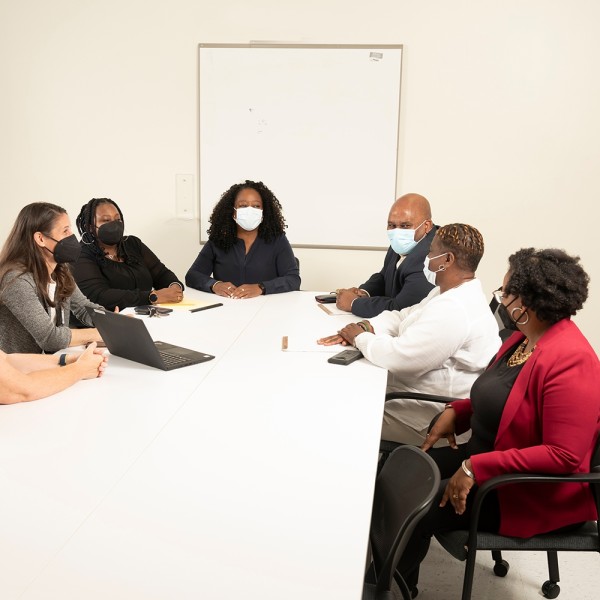

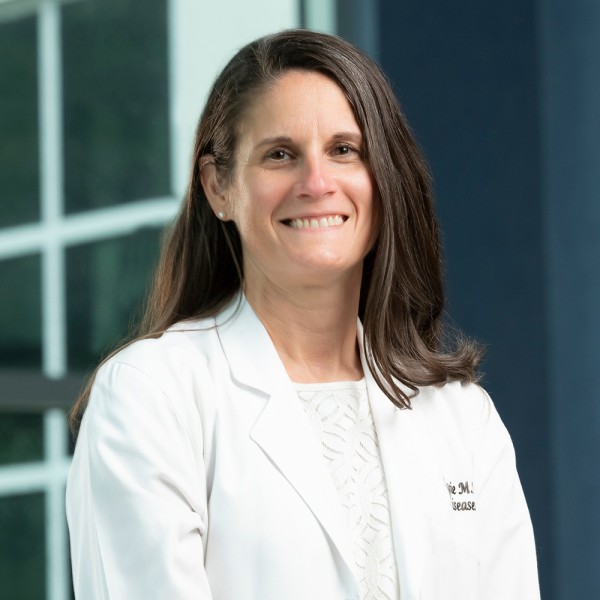
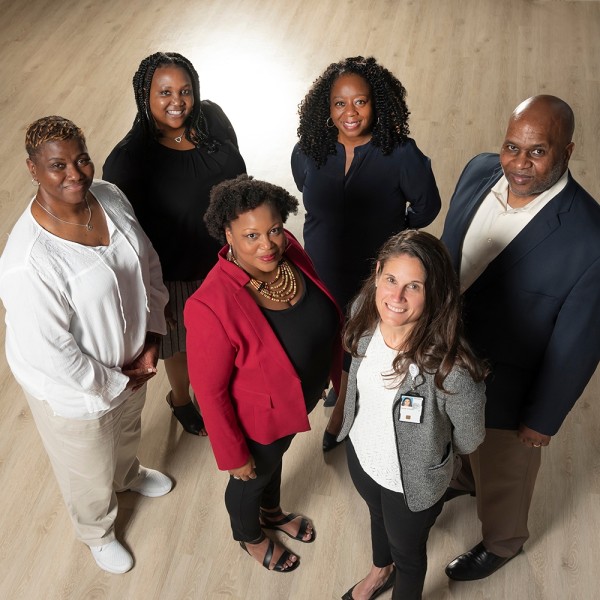
Photo Credit: Les Todd

LESSONS ON RESILIENCE
See more stories of individuals who are overcoming the new and evolving challenges of COVID-19 to serve and strengthen their communities.
Read Stories
